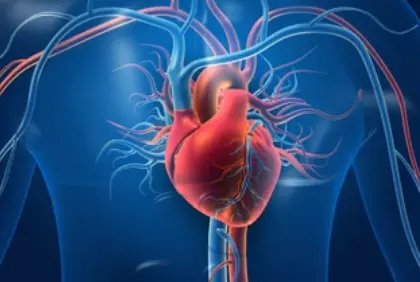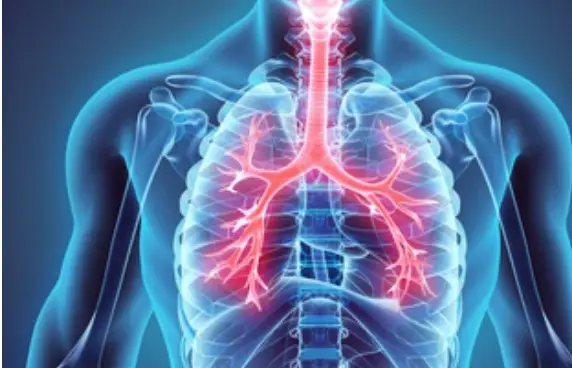 Welcome
Welcome
“May all be happy, may all be healed, may all be at peace and may no one ever suffer."
- A
- B
- C
- D
- E
- F
- G
- H
- I
- J
- K
- L
- M
- N
- O
- P
- Q
- R
- S
- T
- U
- V
- W
- X
- Y
- Z
Sunburn - Generics
Sunburn is a type of skin damage that occurs when the skin is exposed to excessive amounts of ultraviolet (UV) radiation from the sun. UV radiation can damage the DNA in skin cells and cause inflammation, redness, and pain.
Symptoms of sunburn usually appear within a few hours after exposure to the sun and may include redness, swelling, pain, and blistering of the affected area. More severe sunburn may cause fever, chills, and nausea.
Treatment for sunburn typically involves managing the symptoms and promoting healing. This may include applying cool compresses or taking cool baths to relieve pain and reduce swelling, using over-the-counter pain relievers such as ibuprofen or acetaminophen, and using topical ointments or creams to soothe the skin and promote healing.
Preventing sunburn is the best way to avoid the damage caused by UV radiation. This may include wearing protective clothing such as hats, long-sleeved shirts, and sunglasses, using sunscreen with a high SPF (sun protection factor), and avoiding exposure to the sun during peak hours of the day when the UV radiation is strongest.
In severe cases, sunburn may require medical attention. This may include treatment with prescription medications such as corticosteroids or pain relievers, or the use of specialized treatments such as phototherapy or laser therapy to promote healing and reduce scarring. If you experience severe symptoms or are concerned about your sunburn, it is important to seek medical attention from a healthcare provider.

N/A

Hypomagnesemia

Soft tissue sarcoma

Tachycardia

Endometrial carcinoma

Allergic conditions

Whipples disease

Upper and lower respirato...
Sunburn, সানবার্ন
To be happy, beautiful, healthy, wealthy, hale and long-lived stay with DM3S.